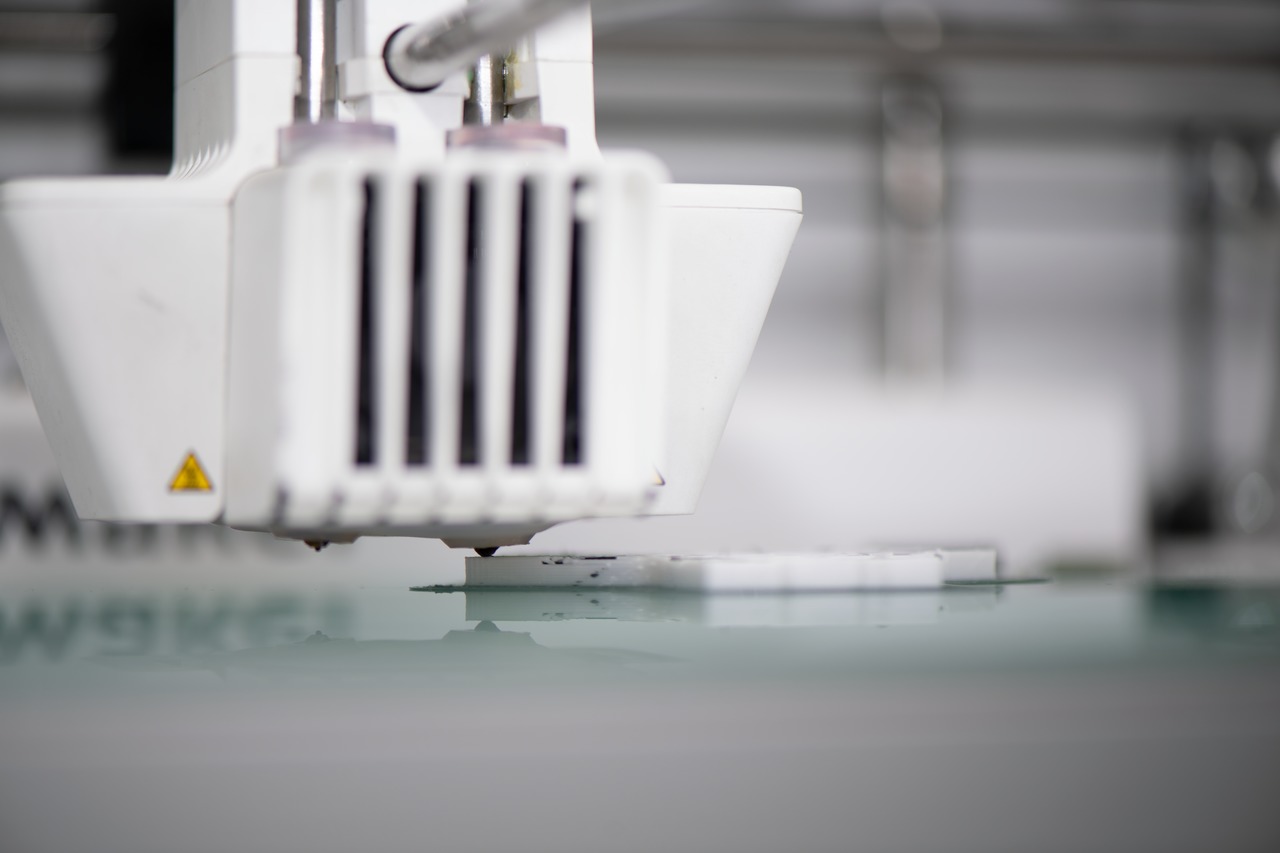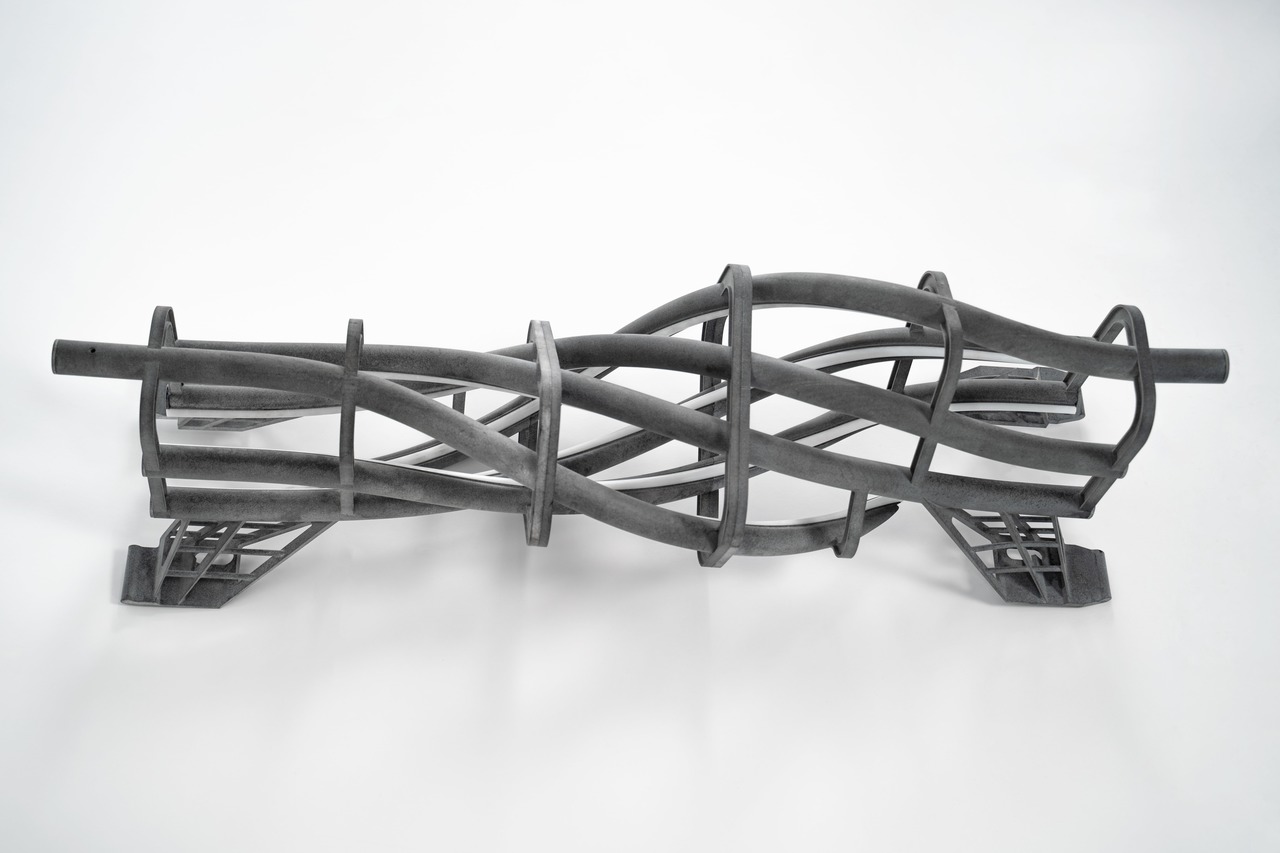Krones has been addressing these issues for several years now, and is convinced: generative part and component manufacturing offers multifarious chances and opportunities for the mechanical engineering sector. This is because with 3D printing even minuscule batches, e.g. when producing prototypes, can be cost-efficiently manufactured. For spare parts supply covering older generations of machines, this aspect is likewise of interest. After all, the parts no longer need to be placed in storage; instead, after design modifications they can be reproduced at short notice, without needing any specially manufactured tools and ideally even at decentralised locations. The client benefits here not only from fast availability, but also from components customised to suit his own machine.
But for implementing 3D printing applications of this kind, there are quite a few factors to be taken into due consideration: the generatively manufactured components have to withstand the stresses encountered during the production operation, and depending on the application category involved the material requires a high mechanical and chemical load limit. “Every part installed simply has to meet Krones’ stringent equipment performance stipulations. These include not only stability, but also the material’s elasticity and resistance to cleaning agents,” says Reinhard Ortner, explaining the production technology for generative manufacturing at Krones. “For this reason, we have focused on a combination of application categories, materials and printing processes. In development projects, we thereupon manufactured a variety of parts and components in a 3D printing process, so as to test them for industrial use.”



